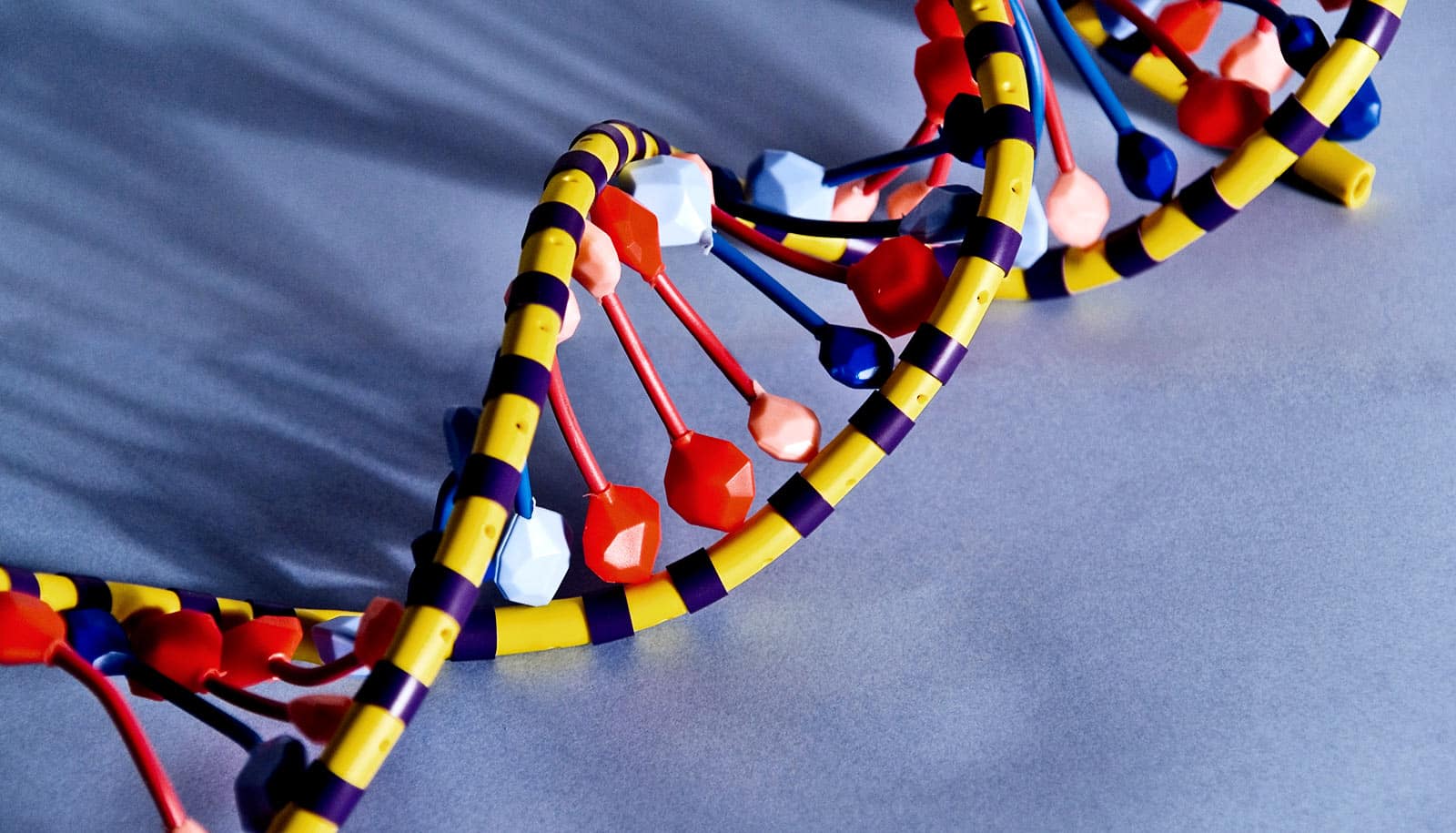New research identifies cellular processes that appear to supercharge both growth and shrinkage of telomeres—the chemical “caps” on chromosomes associated with aging.
The work, which focused on two enzymes in yeast, could lead to new insights on stopping runaway cellular growth in cancer tumors and the treatment of premature aging disorders such as progeria (aka “Benjamin Button disease”).
“This work confirms that two specific enzymes—called helicases—are involved in telomere maintenance, and demonstrates they’re even stronger in combination,” says Matthew Bochman, an associate professor in the molecular and cellular biochemistry department at Indiana University Bloomington.
“This is significant since dysfunction in telomere maintenance has been found in 100 percent of cancers. Literally, 100 percent. So, it’s very likely they play a role in the disease,” Bochman says.
Aging teenagers
Helicases are enzymes that unwind double-stranded DNA into a single strand for the purposes of replication, recombination, and repair. In humans, the RecQ4 helicase functions similarly to the Hrq1 helicase in yeast. The Pif1 helicase is the same in both species.
In healthy people, telomeres shorten slowly over the lifespan as part of the natural aging process. In cancer cells, this process hits the brakes, so telomeres never grow shorter—resulting in uncontrolled cellular replication. In people with premature aging disorders, telomeres rapidly shrink, resulting in death from “old age” in the late teenage years.
Researchers have linked mutations of the Pif1 helicase to several types of cancer, including common forms such as breast, ovarian, and colon cancer. Research has also linked mutations in the RecQ4 helicase to three different diseases associated with predispositions for cancer.
Telomere growth
The study specifically found that Hrq1 and Pif1 are a “dynamic duo” that combine to create a “super inhibitor” or, under certain specific conditions, a “super stimulator” of telomere growth.
“Now, we can really start to pick apart more about how these enzymes work together or alone in cancer cells,” says Bochman, senior author of the paper, which appears in the Journal of Biological Chemistry.
The work may help scientists better understand whether certain cancers involve errors in DNA recombination, DNA repair, or telomere maintenance—or some other mechanistic problem. This, in turn, could lead to new ways to disrupt or harness these processes with drugs or other therapies.
The American Cancer Society supported the work.
Source: Indiana University



